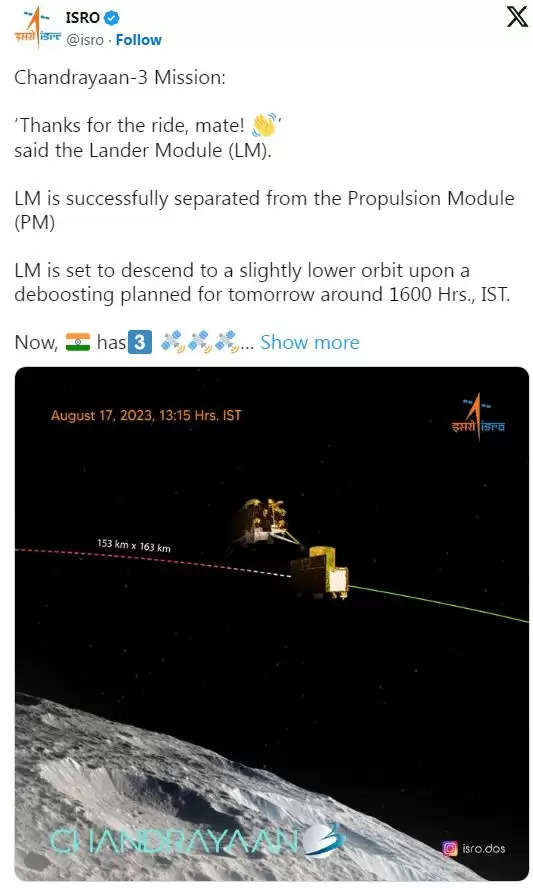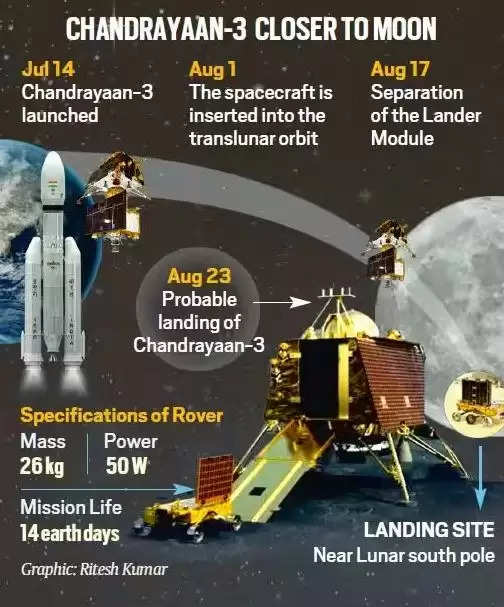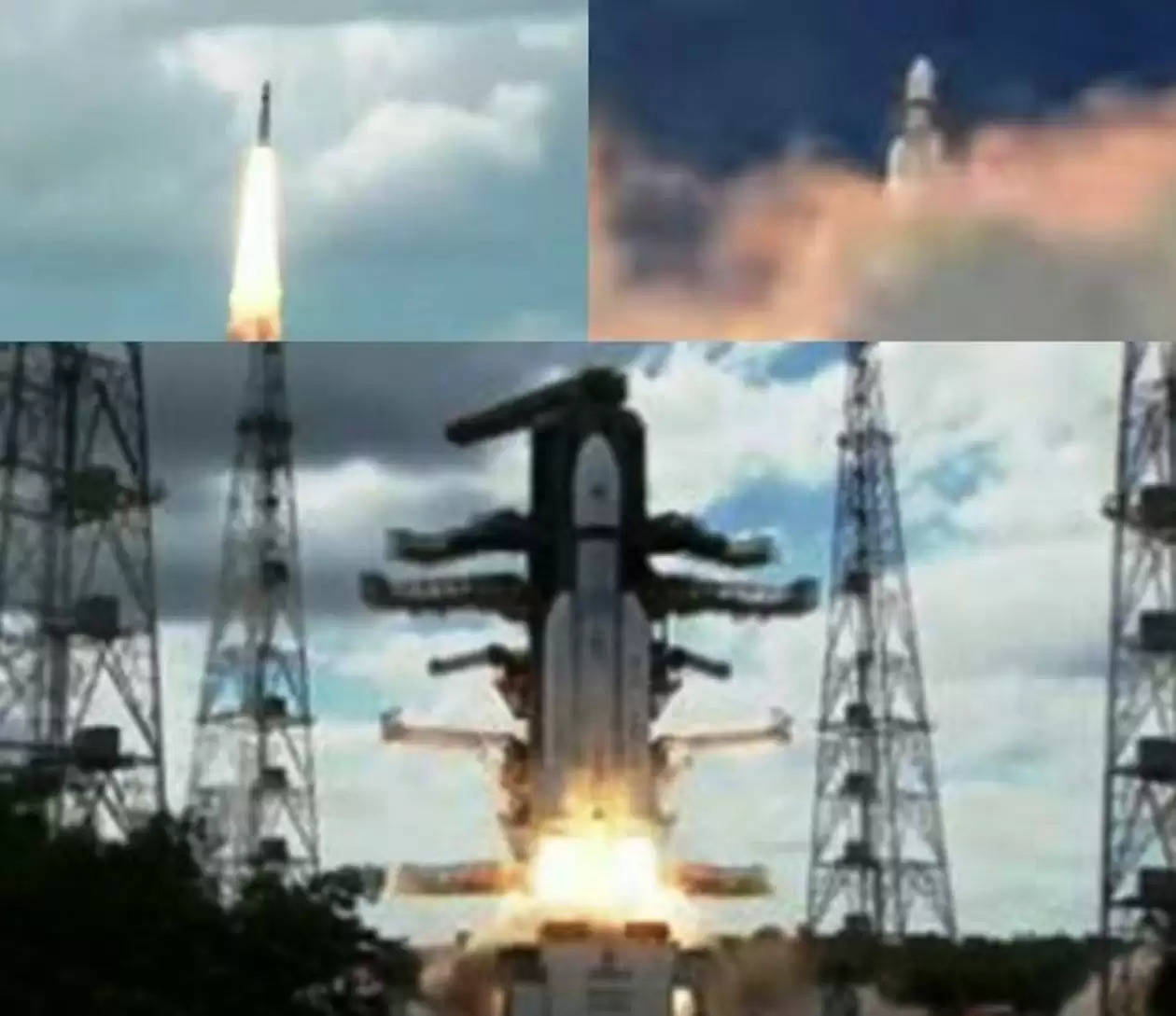Chandrayaan-3 lander detaches from propulsion module, gears up for Moon landing
"Thanks for the ride, mate!"
On Thursday 17 August, 2023, the Chandrayaan-3 lander, accompanied by the 26kh rover, successfully detached from the propulsion module. It's now set to continue its journey towards landing on the moon's surface on August 23. According to a post by the Indian Space Research Organisation (ISRO) on X, formerly known as Twitter, the lander module expressed its gratitude, stating, "Thanks for the ride, mate!"

Following a de-boosting maneuver scheduled for Friday evening, the lander module will lower its altitude from the current near-circular orbit of 153 x 163 km. Simultaneously, the propulsion module will remain in lunar orbit, engaging in the examination of Earth's spectral signatures using an added payload. This addition complements the scientific experiments carried by its predecessor as part of the mission. Through its observation of Earth from the moon, the Spectro-polarimetry of Habitable Planet Earth (SHAPE) project aims to enhance scientists' comprehension of potential life indicators on exoplanets.

Although initially designed with a mission duration of three to six months, the propulsion module, which was included in lieu of the orbiter to facilitate the lander rover's lunar journey, is anticipated to remain operational beyond its projected timeframe.“Meanwhile, the Propulsion Module continues its journey in the current orbit for months/years,” Isro said. Given the successful operation of the Chandrayaan-2 orbiter and the proper execution of observations and experiments by its onboard instruments, there was no requirement to incorporate an orbiter element into Chandrayaan-3. Nonetheless, the transportation of the lander module to lunar orbit remained necessary, and this specific task was assigned to the propulsion module.
The primary goal of the Chandrayaan-3 mission is to accomplish what Chandrayaan-2 couldn't achieve: achieving a gentle landing and enabling rover mobility on the lunar surface. Following the separation, the equipment within the lander, including its three scientific payloads, will be initiated and subjected to testing to ensure proper functionality. The lander is set to perform a pair of independent orbit-reduction maneuvers. The first maneuver will transition it to a circular orbit measuring 100 x 100 km, followed by a subsequent move to a closer proximity to the moon at 100 x 30 km. It is from this latter orbit that the lander will commence its ultimate descent, targeting a successful lunar touchdown on August 23.
The powered descent phase, characterized as "fifteen minutes of terror" by former Isro chief K Sivan, carries a significant level of apprehension. In the case of Chandrayaan-2, the mission faced a crash landing, falling mere kilometers away from its targeted landing site due to shortcomings in the algorithm embedded in the onboard navigation software. The software lacked a prompt error-correction mechanism when the engines generated thrust exceeding the intended level. The algorithm was structured to address these errors after completing a series of immediate tasks, which ultimately led to the accumulation of errors beyond control.
Source: Click Here
To join us on Facebook Click Here and Subscribe to UdaipurTimes Broadcast channels on GoogleNews | Telegram | Signal



